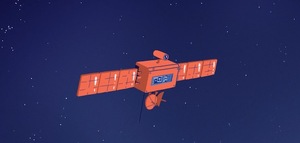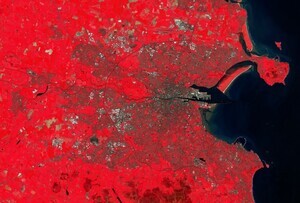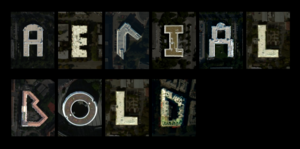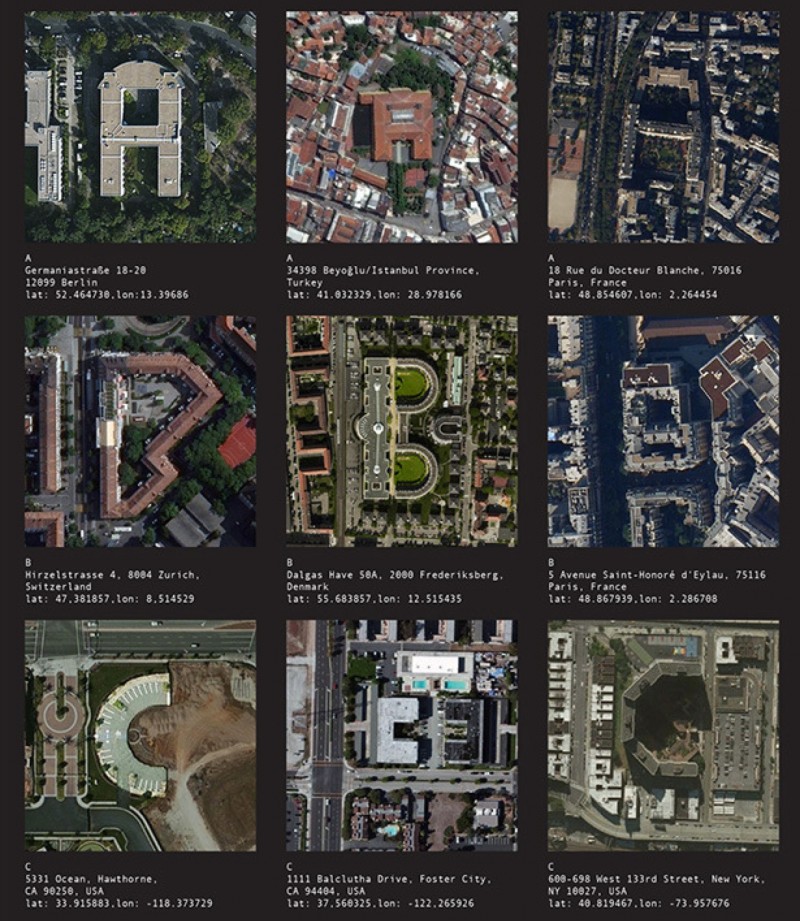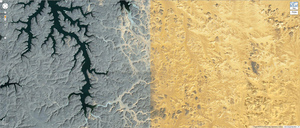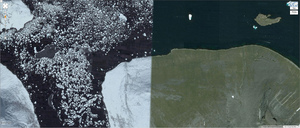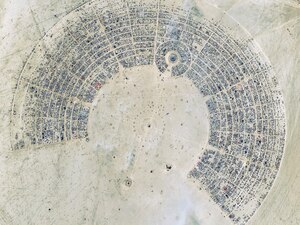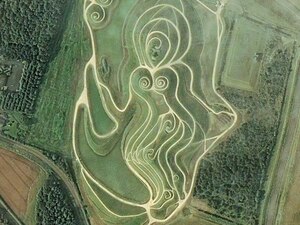
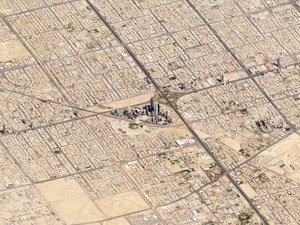


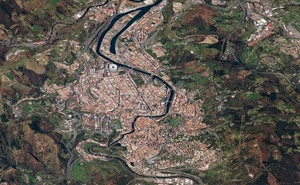
A gallery of satellite images taken – not vertically – but at an angle, published by Planet Labs.
To wit:
…the satellite imagery we’re most familiar with — taken straight down — flattens and obscures the visual cues we get from perspective, making the imagery appear like maps, not photos… from an angle, the view becomes altogether different: the mountains rise to their commanding height, valleys regain their depth, and background features recede into the distance. It’s like getting a view out the window of an airplane 450 kilometers high.
From top: Monte Fitz Roy in Patagonia; Riyadh, Saudi Arabia; Sao Paulo, Brazil; Klyuchevskaya volcano in Russia and Bilbao in Spain.
kottke




